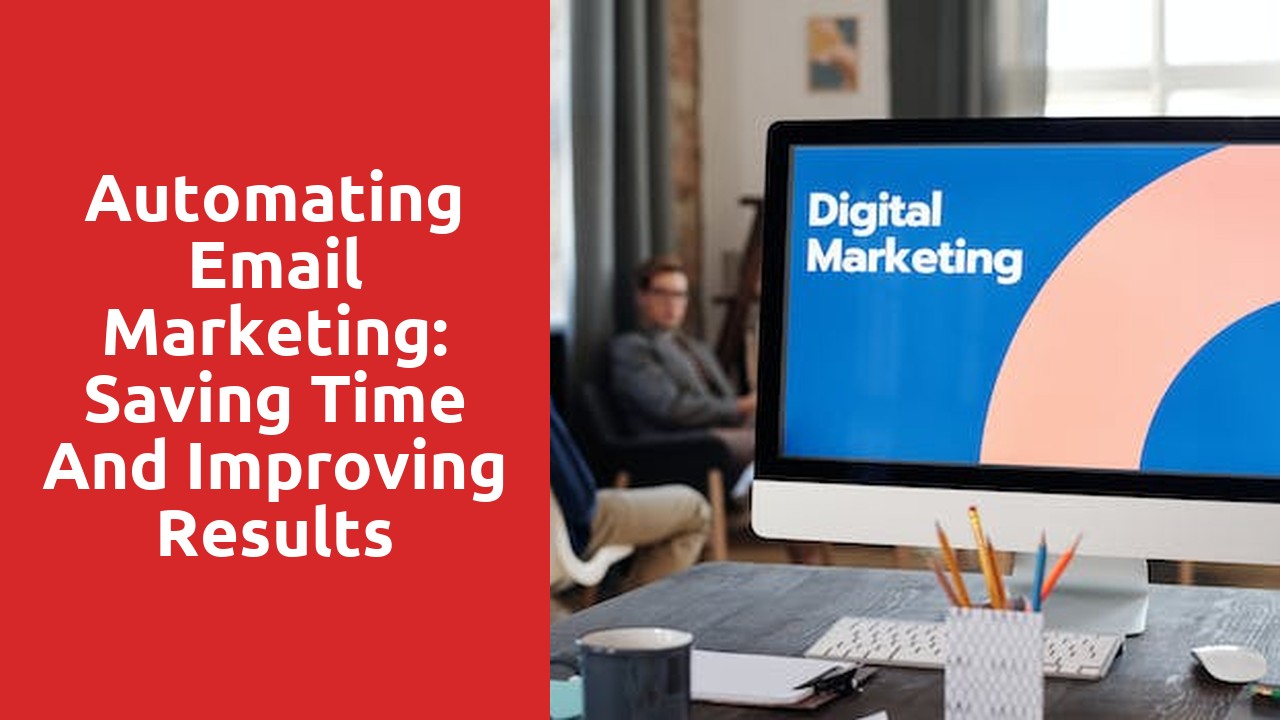Understanding the Importance of Email List Segmentation
Email list segmentation is a crucial strategy for successful email marketing campaigns. By dividing your email list into smaller, targeted segments based on various criteria such as demographics, interests, or purchasing behavior, you can tailor your messages to specific groups of subscribers. This allows you to deliver content that is more relevant and personalized, leading to higher engagement and conversion rates.
One of the most significant benefits of email list segmentation is improved engagement. When your subscribers receive emails that address their unique interests and needs, they are more likely to open, read, and interact with your messages. By sending relevant content, you can increase click-through rates, reduce unsubscribe rates, and build stronger connections with your audience. Furthermore, segmenting your email list enables you to send targeted offers or promotions to specific groups of subscribers, resulting in higher conversion rates and a more effective use of your marketing resources.
Identifying Your Target Audience
There are numerous ways to identify your target audience, and understanding this aspect is crucial for the success of any business. One way to start is by conducting market research to gather valuable data on your ideal customers. This involves analyzing demographics such as age, gender, location, and income levels. By doing so, you can gain insights into who is more likely to be interested in your product or service.
Another effective method for identifying your target audience is by analyzing their psychographics. This includes looking into their interests, hobbies, values, and motivations. Understanding what drives your potential customers can help you tailor your marketing messages to resonate with them on a deeper level. Furthermore, examining their online behavior, social media activity, and purchasing patterns can provide valuable information on where and how to reach them effectively. By conducting thorough research and analysis, you will be able to narrow down your target audience and create impactful strategies to engage and convert them into loyal customers.
Collecting Relevant Customer Data
One of the key components of successful marketing strategies is the collection of relevant customer data. This valuable information provides businesses with insights into their target audience, enabling them to tailor their offerings and communication to better meet customer needs and preferences. With a plethora of tools and resources available, the process of collecting customer data has become easier and more efficient than ever before.
To start, businesses can utilize their existing customer base to gather valuable data. By engaging with customers through surveys, questionnaires, or feedback forms, companies can gain valuable insights into customer preferences, buying habits, and demographics. This firsthand feedback is essential in understanding customer needs and can help guide decision-making processes. Additionally, businesses can leverage technology such as website analytics, social media monitoring, and online tracking to collect data on customer behavior and interactions. These digital tools provide a wealth of information, including website traffic, click-through rates, time spent on site, and even customer social media activity. Through these methods, businesses can gain a more comprehensive understanding of their customers and make data-driven decisions to boost their marketing effectiveness.
Grouping Customers Based on Demographics
Retail businesses are increasingly relying on the practice of grouping customers based on demographics to better understand their target audience. By identifying key demographic characteristics such as age, gender, income level, and location, businesses are able to tailor their marketing strategies to specific customer segments. This approach allows retailers to create personalized experiences and offer products or services that are more likely to resonate with their customers, ultimately driving sales and customer loyalty.
One of the main advantages of grouping customers based on demographics is the ability to gain valuable insights into consumer behavior. By analyzing demographic data, businesses can uncover patterns and trends that can guide their marketing decisions. For example, they may discover that customers in a certain age group prefer online shopping while another age group prefers in-store experiences. Armed with this knowledge, retailers can allocate their resources effectively, investing in the channels that are most likely to reach their target audience. Additionally, demographic segmentation allows businesses to identify the needs and preferences of different customer segments, enabling them to develop tailored marketing campaigns that speak directly to their target customers.
Utilizing Behavioral Data for Segmentation
Segmenting a target audience is essential for successful marketing campaigns. It allows businesses to tailor their messages and offerings to specific groups of people who are more likely to engage and convert. One effective way to achieve this is by utilizing behavioral data.
Behavioral data refers to the actions and patterns exhibited by individuals online. It can include browsing history, purchase behavior, social media interactions, and more. By analyzing these data points, businesses can gain valuable insights into their customers’ preferences, interests, and motivations. This information forms the basis for segmenting the audience into distinct groups, based on similarities in their behaviors. With this segmentation in place, businesses can create more personalized and relevant marketing strategies, ultimately improving customer satisfaction and boosting conversion rates. Moreover, behavioral data allows businesses to track and monitor how the audience evolves over time, ensuring continuous improvement in marketing efforts.
Creating Customer Personas for Personalization
When it comes to creating customer personas for personalization, it is important to start by gathering as much data as possible about your target audience. This includes demographic information such as age, gender, location, and income level, as well as psychographic information like interests, hobbies, and values. By understanding who your customers are on a deeper level, you can tailor your marketing messages and product offerings to better meet their needs and preferences.
Once you have collected the necessary data, the next step is to analyze and organize it into meaningful customer personas. These personas are fictional representations of your ideal customers, and they help you gain a better understanding of their motivations, pain points, and buying behaviors. By creating detailed personas, you can create targeted marketing campaigns that resonate with your intended audience and drive higher engagement and conversions. Whether you are a small business or a big corporation, investing time and effort into creating accurate and well-defined customer personas is crucial for effective personalization strategies.













